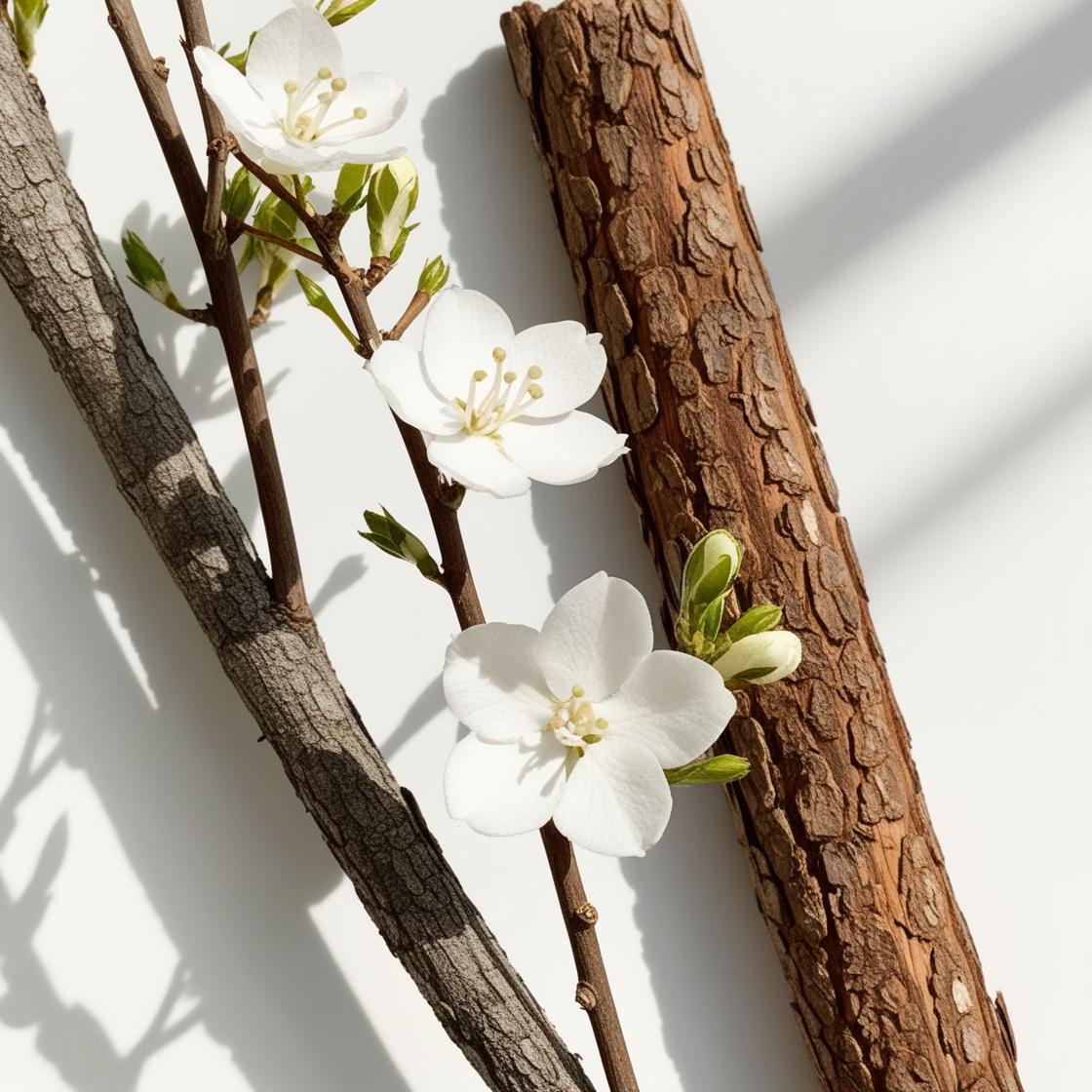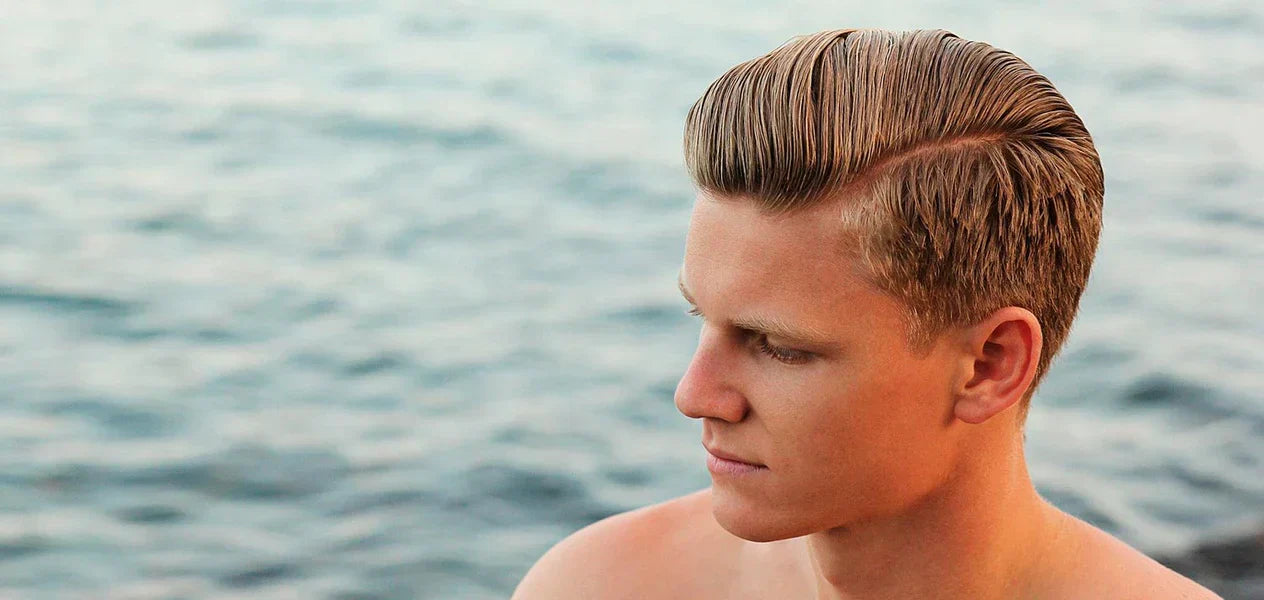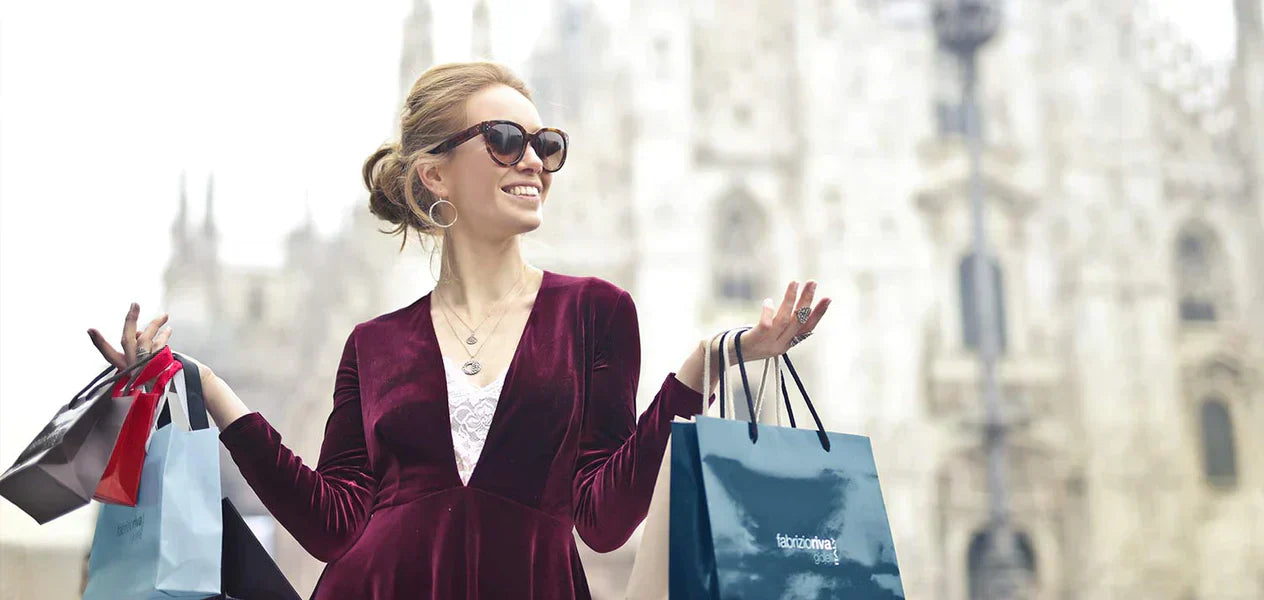During the 1930s, some important events occurred, such as the major economic crises or the interwar period, which had a great impact on the fashion trends that triumphed during this time.
On the other hand, Hollywood women became major influences on the world of fashion, both on and off screen. Actresses and artists popularized fox fur, sheer fabrics, low-cut necklines, and feathers, among other feminine garments.
History of 1930s Fashion
The 1930s were marked by a global economic crisis, caused by the crash of the New York Stock Exchange in the late 1920s, which influenced all areas of life, including the world of fashion.
Neutral colors became popular, and more affordable clothing began to be manufactured thanks to the use of synthetic fibers. Artificial silk or nylon, much more accessible materials, allow fashion to reach all spheres of society.

Likewise,women's pants began to be used for the first time and garment alterations became a necessity of the moment, so homemade garments became very popular.
However, it was women in film such as Mae West or Greta Garbo who established the style that was so popular in the 1930s. Although the lives their characters led didn't correspond to reality, they became great role models.
Icons that set trends
Fashion designers such as Travis Banton, creator of the image of Marlene Dietrich, and Mainbocher, designer of Wallis Simpson's wedding dress for her marriage to the Prince of Wales Edward VIII, were present at the social events of the time, becoming icons of haute couture and 1930s fashion.
Many brands achieved their greatest success during this era of great American glamour, when they were hired to exclusively dress the most famous stars in Hollywood.
On the other hand,Madeleine Vionnet introduced the bias cut in dresses in this decade, a technique that consisted of using the fabric diagonally to avoid seams.
Lucien Lelong was another of the designers who caused a sensation due to his models of flared skirts with a cinched waist. This type of garment is classified as an extravagant and frivolous design that required a lot of investment in fabric, an economic luxury that few could afford in the 1930s. However, its designs preceded Dior's post-World War II "New Look" that was so successful.
Characteristics of 1930s fashion
Women's trousers
The origin of women's trousers arises from the change in roles that women had to assume after the start of the First World War, when they had to move to factories to work while their husbands were at war.
In the 1930s, the first trousers became fashionable.They were designed exclusively for women, since until then they had been wearing their husbands' trousers.
The success of the culottes skirt
Elsa Schiaparelli introduced this garment into women's clothing and achieved success with the design of the culottes she made for the tennis player Lilí Álvarez for the Roland Garros in Paris in 1931. A design that was very controversial at the time.
Dresses of the 30
Designers of the time abandoned volume and created straighter, body-hugging evening dresses, known as“skeleton dresses”. Luxurious embroidery was abandoned and cheaper fabrics such as satin were used. On the other hand, the most successful daytime or casual dresses were those made of knit.

Necklines and open backs
Sensuality was marked by plunging necklines on dresses and blouses with completely bare backs. Likewise, sandals were thin and allowed the woman's toes to be seen, something that was also considered very sensual.
Hats and haircuts
The large, extravagant, shoe-shaped hats inspired by surrealist movements like the one Dalí conveyed were a huge success. On the other hand, a longer haircut style than that of the 20s was worn.
1930s Men's Fashion
Men in the late 20s had a great interest in dressing well, a trend that continued into the 30s despite the economic situation. However, the suits of this era are characterized by being much more sober.
The athletic silhouette inspired by high-ranking military personnel was the most sought-after by men of that time. Shoulder pads and tailored pants began to be used in men's suits to convey that athletic, masculine bearing. Wide-pointed lapels appeared, and pockets were large and square.
Anything that contributed to adding volume to the upper part of the male body became a well-accepted fashion for men in the 1930s.
If you're thinking of recreating a 1930s look, here are some ideas... and of course, no outfit can be without a classic perfume that conveys elegance, bearing, and sensuality. Don't forget to visit our website and see all of our perfumes made in Europe at super affordable prices.







0 comments